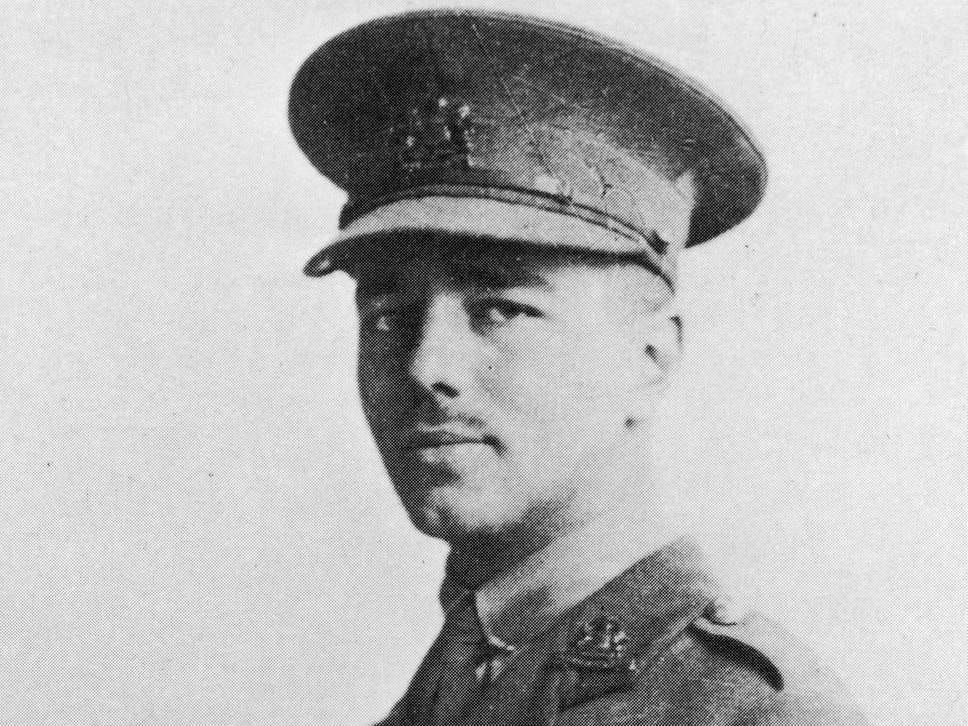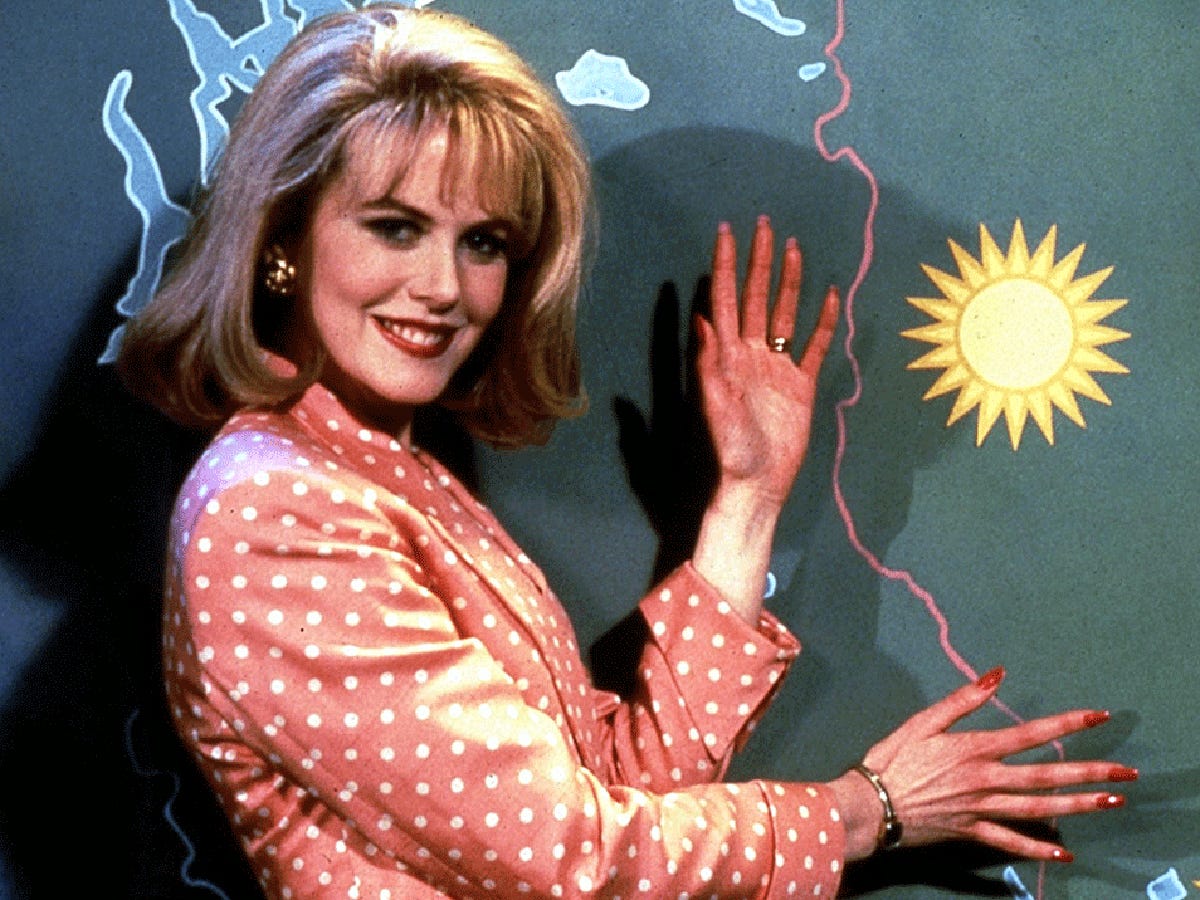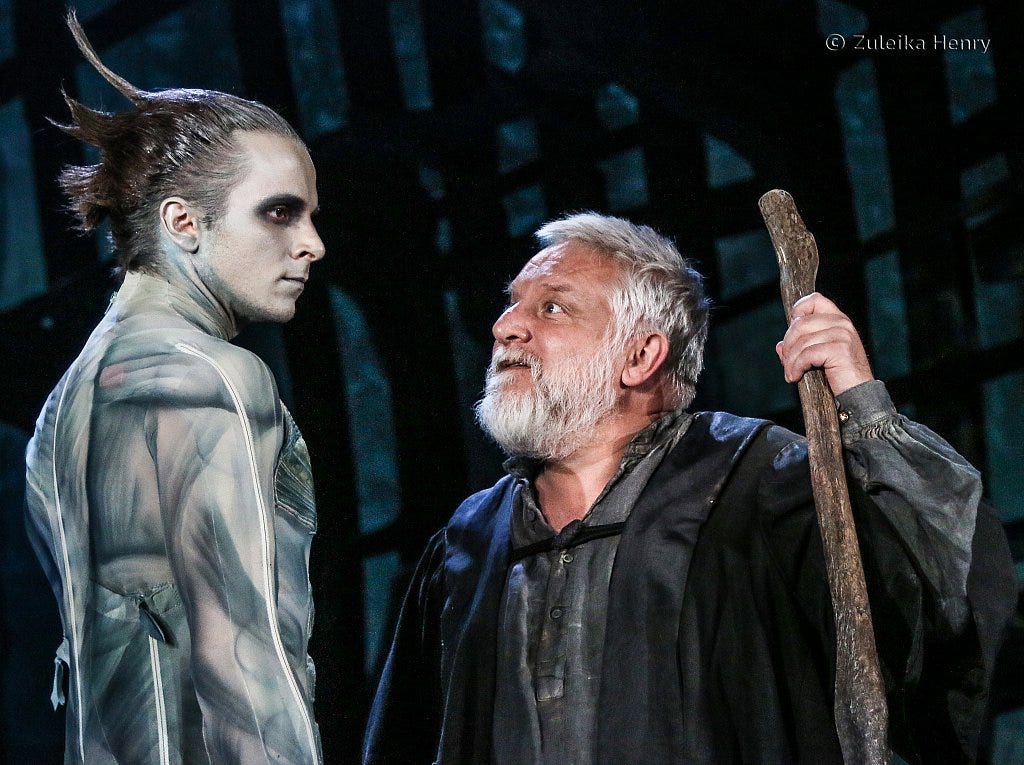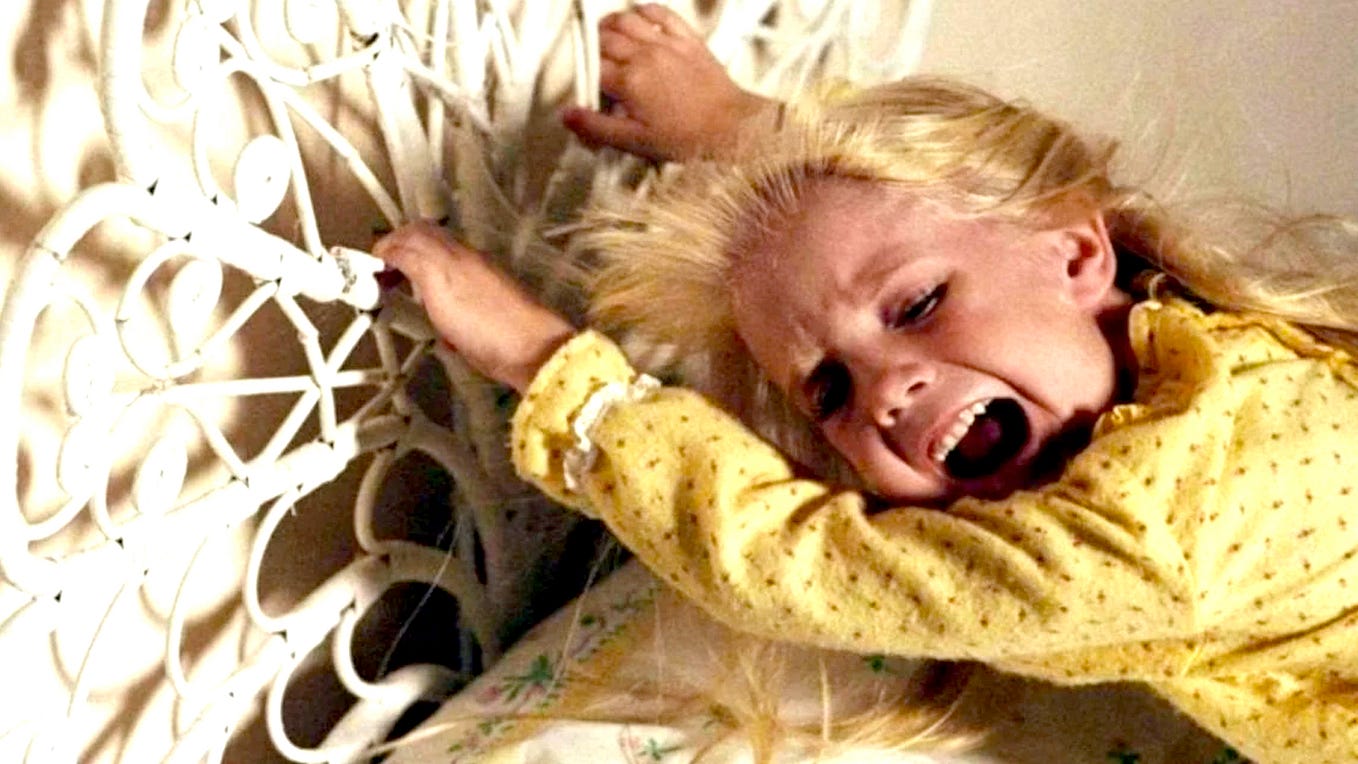Katharine Hepburn, The Monster and the making of ‘The African Queen’ (1951)
Katharine Hepburn rose to fame in the Depression years - delighting audiences in Howard Hawks’ madcap screwball comedy Bringing Up Baby (1938) with Cary Grant - and carried on working solidly for another half-century, taking home her third Best Actress Oscar for On Golden Pond in 1981 at the grand old age of 74.
Throughout her long career, Hepburn was a fiercely independent spirit who was not always popular with audiences or the studios but fought tirelessly for better roles, refusing to serve as mere set dressing and setting an example for generations of actresses to follow.
She was prepared to go to considerable lengths for the right part and was never afraid to take risks. Unhappy with the direction her career was taking in 1938, for example, Hepburn simply bought out her contract with RKO, hit Broadway in Philip Barry’s new play The Philadelphia Story(above), acquired the rights, then convinced her friend George Cukor to direct the screen version. The result was one of the finest comedies of the Hollywood Golden Age, a self-realised comeback she made look effortlessly easy. Not bad for a star once branded “box office poison.”
But perhaps the clearest example of her fearlessness came in 1951, when she signed on with John Huston to make The African Queen, an adaptation of C.S. Forester’s 1935 novel that would require a location shoot in the jungles of East Africa, the story of which remains an industry legend to this day.
The film tells the simple, human tale of an unlikely romance between British Methodist missionary Rose Sayer (Hepburn) and salty Canadian steamboat captain Charlie Allnut (Humphrey Bogart) after they meet in the Congo during World War I. The two sail down the tortuous straits of the Ulanga-Bora river to escape the Germans and resolve to turn his rickety old barge, the African Queen, into a giant, makeshift torpedo packed with gelatine explosives with which to blow up a German gunboat, the Louisa, which is dominating a strategically-important lake nearby and hindering British military progress in the region.
The production was an independent joint venture between super-producer Sam Spiegel’s Horizon Films and Romulus Films, a British company run by financiers John and Joshua Woolf. The brothers had been warned off the project by their mentor, Alexander Korda, with the famous last words: “Two old people going up and down an African river… who’s going to be interested in that? You’ll go bankrupt!”
Korda’s lack of foresight was uncharacteristic: as a charming middle-aged romance, The African Queen anticipated today’s demand for cinema that appeals to older “grey pound” audiences. Fortunately, he was ignored and the cast and crew set out for the Belgian Congo in May 1951.
This type of location shoot was considered an exceptionally risky proposition at the time and no Hollywood studio would have commissioned a production that placed its prize assets in such danger. As Bogart’s biographers A.M. Sperber and Eric Lax outlined it: “The local hazards included poisonous snakes, crocodiles, scorpions, invading soldier ants, leprosy, dysentery, and a particularly nasty malady called bilhazia that comes from contact with tainted river water and involves worms working their way under one’s skin.”
Bogart’s better half, Lauren Bacall, was among the party risking life and limb on the trip, but was quickly rewarded for her loyalty by the sight of Spiegel arriving on set in ludicrous colonial attire (below), the actress laughing heartily in her memoir at this cigar-chewing mogul’s “dead white skin in a safari shirt, shorts, and knee socks, with a regular hat.”
As it turned out, Bacall’s husband was no more at home in the jungle than Spiegel. Bogart, the famous tough guy, hated every minute of the experience, quickly tiring of doing battle with mosquitoes and the oppressive heat, living in bamboo huts and bathing in ominous rust-red water.
By contrast, Hepburn was delighted by the lush landscapes of the Congo and Uganda, busily decorating her base camp bungalow with native spears and darting about the set demanding to know the Latin names of all the exotic flora and fauna she encountered. “What divine morning glories!” she exclaimed, like an overgrown girl scout. Having her very own private portable toilet no doubt also improved her mood, although it was no fun for the crew members tasked with ferrying it down river from one location to the next, the luxury earning Hepburn the nickname “the queen of thrones.”
Huston, looking on and much amused by all of this, saw an opportunity in the diametrically opposed attitudes of his stars. The script, originally by critic James Agee, had since undergone major revisions by Peter Viertel and it remained uncertain quite how the resulting action-adventure narrative should be approached by the actors. Huston wisely decided to play it for laughs.
The director himself was the cause of no-little concern among the group, ignoring a prop boy’s warning that the African Queen was sinking until too late and showing a far greater preoccupation with taking time off to go hunting than he did with completing the film. Huston, who fancied himself as a Hemingway-esque adventurer and was known to Bogart as “The Monster”, had acquired a tailored hunting outfit in London before embarking on the expedition and was keen to try it on, travelling equipped with a small arsenal of rifles and determined to bag himself an elephant. Happily, Huston turned out to be a poor shot, but his enthusiasm was infectious to Hepburn, who said his example encouraged her to court adventure in everything she did thereafter.
Hepburn was less enamoured of Huston’s drinking. Like her character, who cruelly pours away Allnut’s treasured stash of Gordon’s gin (a scene outrageously lifted for Pirates of the Caribbean, 2003), Hepburn adopted an attitude of prim disapproval and made a great show of drinking water at meal times while Huston and Bogart drank nothing but bourbon. Inevitably, everybody on the crew except those two eventually became ill, Hepburn herself struck down with malaria for three days and having to vomit into a carefully positioned bucket between takes while filming the opening chapel scene. “Those two undisciplined weaklings had so lined their insides with alcohol that no bug could live in the atmosphere… a very good joke on me,” she later chuckled. Cinematographer Jack Cardiff worried that her skin would look green in Technicolor.
But it wasn’t all hardship and suffering. Set photographer Eliot Eliofson’s pictures record many more light-hearted details, such as Hepburn washing her hair in a barrel with help from a production assistant (below), the cast and crew being woken for a 6am start by a tribal drummer and members of the team taking siestas or going fishing during downtime.
And Hepburn’s game sense of fun is there to see in the finished film. Huston presents her wading through leach-infested swampland hacking away at tall reeds with a machete, working underwater to help fix the African Queen’s broken propeller and standing on Bogie’s shoulders in her stockings to hang a homemade Union Jack from the mast in preparation for the attack on the Louisa.
The African Queen remains a wonderful entertainment and a magnificent achievement, a maverick location shoot that argued for greater cinematic realism and paved the way for the likes of David Lean’s Bridge on the River Kwai (1956) and Werner Herzog’s Fitzcarraldo (1982). It is also one of the high points of Hepburn’s brilliant career, although sadly she didn’t receive the recognition her efforts deserved. Paid roughly half the salary of her male co-star — Bogart took home $125,000 plus 30% of the film’s net profit, she $65,000 and 10% — Hepburn was also overlooked at the Academy Awards while Bogart was handed his first and last Best Actor statuette. Given that The African Queen is such a two-hander, equally reliant on the appeal of both leads, these are lamentable if unsurprising injustices.
However, such setbacks were hardly enough to knock the indomitable Hepburn off her stride. “The Great Kate”, who lived to be 96, went on to make many more acclaimed films like Suddenly, Last Summer (1959) and The Lion in Winter (1968) and once said: “I don’t fear death. It must be wonderful, like a long sleep”. What a lady.









